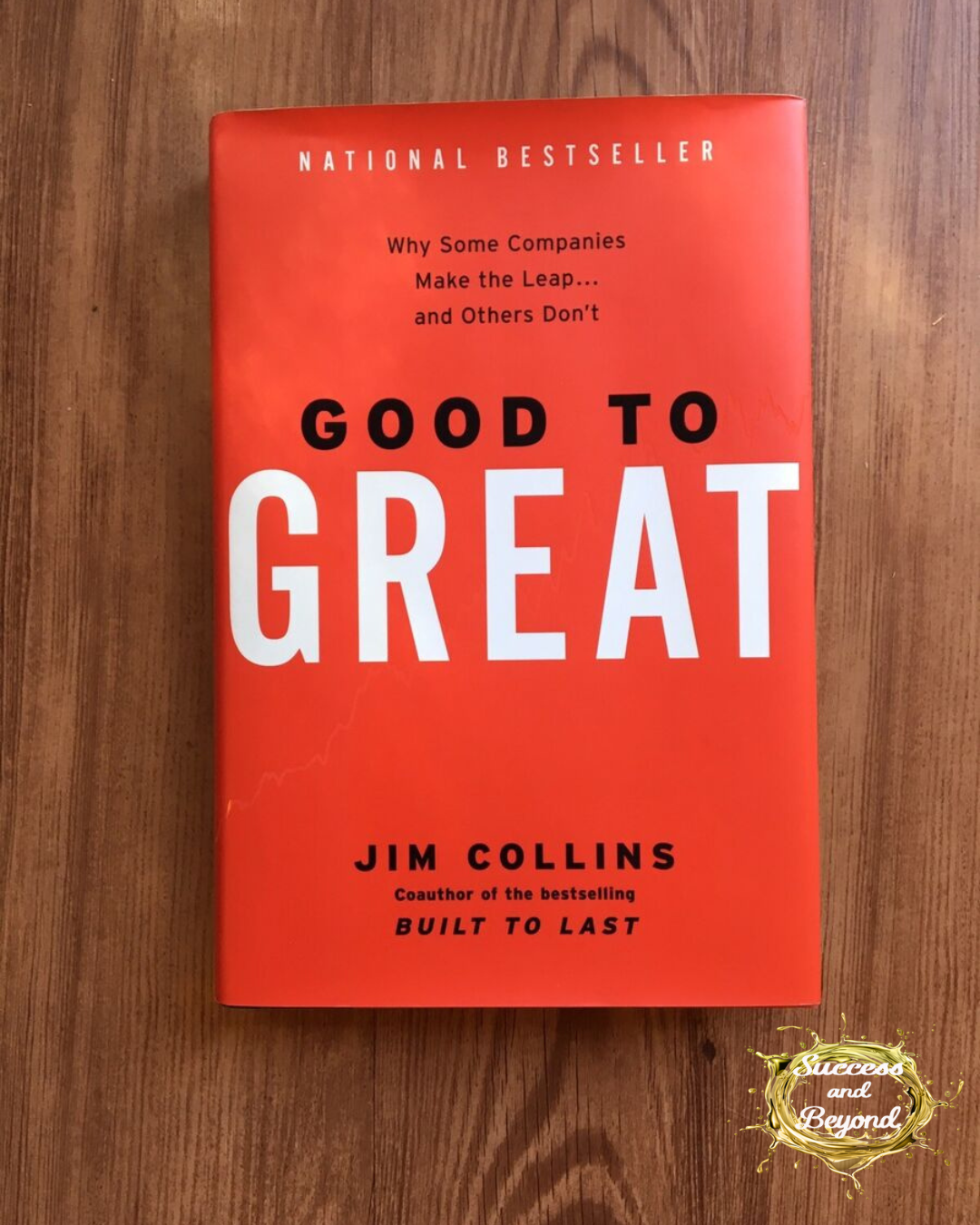Why do some companies achieve greatness while others falter? 🚀📈 Dive into the timeless lessons from Good to Great by Jim Collins and learn how to build lasting success in business and life.
Summary
Jim Collins’ Good to Great is an exploration of what separates truly great companies from merely good ones. Based on a rigorous five-year research study of over 1,400 companies, Collins and his team identified a select group of businesses that achieved sustained greatness and analyzed the drivers behind their success. These insights provide a blueprint for organizations and individuals striving to achieve excellence.
Key Concepts from the Book:
- Level 5 Leadership: Great companies are led by “Level 5 Leaders” who combine personal humility with professional will. These leaders prioritize the organization’s success over their personal ego, fostering long-term growth.
- The Hedgehog Concept: Companies that achieve greatness focus on the intersection of three critical areas: what they are deeply passionate about, what they can be the best in the world at, and what drives their economic engine.
- Culture of Discipline: A disciplined culture, paired with entrepreneurial freedom, allows great companies to execute their strategies effectively. Success stems from disciplined people, disciplined thought, and disciplined action.
- The Flywheel Effect: Building momentum is key to achieving greatness. Companies do not leap to greatness overnight; instead, they achieve it through consistent, incremental progress that builds over time.
- Technology Accelerators: Rather than relying on technology as a primary driver, great companies use it as an accelerator to enhance their existing strategies and strengths.
- Confronting the Brutal Facts: Great organizations face reality head-on, acknowledging challenges while maintaining unwavering faith in their ability to achieve success.
How to Apply These Lessons to Maximize Success
- Adopt Level 5 Leadership: Focus on serving your team and organization rather than seeking personal recognition. This approach builds trust and fosters sustainable success.
- Define Your Hedgehog Concept: Identify your strengths, passions, and economic drivers. Use this framework to set strategic goals and focus your efforts effectively.
- Create a Culture of Discipline: Encourage accountability within your team by empowering them to act with autonomy while adhering to clear, shared goals.
- Build Momentum: Small, consistent steps compound over time. Stay consistent in your efforts and celebrate incremental progress.
- Leverage Technology Wisely: Evaluate how technology can enhance your processes and align it with your core strategy rather than chasing trends.
- Face the Facts: Embrace challenges as opportunities for growth. By addressing obstacles head-on, you position yourself and your organization for long-term success.
My Reflections as a Business Professional
I’ve seen how companies stagnate when they fail to focus on their strengths or invest in disciplined leadership. As a certified strengths-based coach and professor, I apply these principles daily—whether coaching students on leadership strategies or guiding business leaders to align their teams with shared goals. This book is a must-read for anyone serious about achieving transformative success.
If you’re ready to move from good to great, start by reflecting on your leadership style and organizational focus. Use the insights from this book to align your goals with your passions and strengths. Whether you’re a business owner, team leader, or aspiring professional, Good to Great provides a roadmap to achieve lasting success.
APA Reference:
Collins, J. (2001). Good to great: Why some companies make the leap and others don’t. Harper Business.
